Estimated reading time: 6 minutes
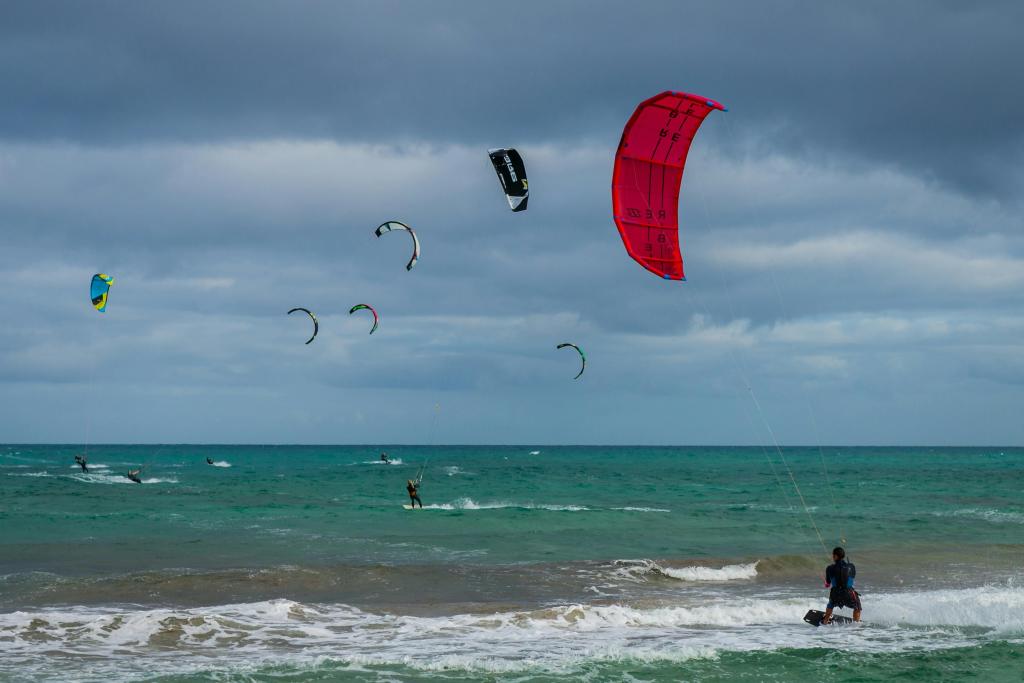
If you’ve ever stood on a beach watching someone glide across the water with a kite pulling them like some sort of superhero, you’ve probably thought, “That looks amazing… but also kind of intense.” You’re not alone — kitesurfing (also known as kiteboarding) is one of the most exhilarating watersports out there, and yes, it does look intense. But here’s the good news: with the right mindset, gear, and guidance, anyone can learn to kitesurf.
This guide will walk you through the absolute basics — what the sport involves, what you need to get started, and what to expect in your first sessions. Let’s get into it.
What Is Kitesurfing, Really?
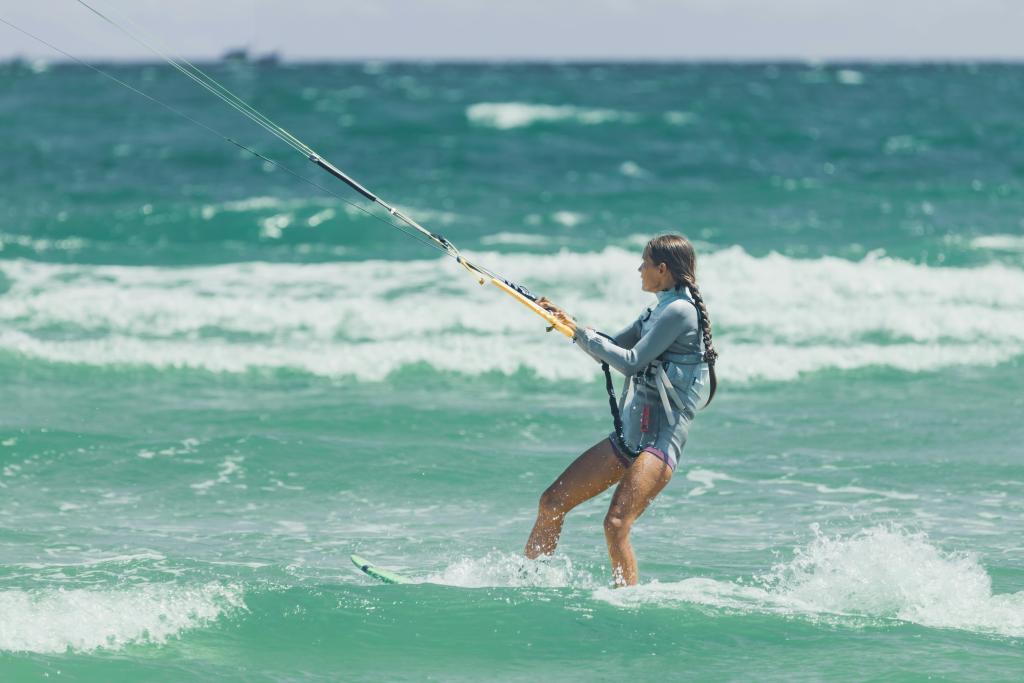
At its core, kitesurfing is a watersport that combines elements of wakeboarding, windsurfing, paragliding, and even a bit of surfing. You ride a board — typically a twin-tip, which looks like a large wakeboard — while being pulled by a kite harnessing the power of the wind. The kite is connected to a control bar, which you steer with your hands, and a harness worn around your waist or hips helps distribute the pull across your body.
By mastering wind direction and kite control, you can glide across the surface, change direction, or even launch into the air for jumps and tricks. It’s a physical, dynamic, and totally addictive way to connect with the water and the wind.
The Gear You’ll Need

You don’t need to drop cash on a full kit right away — most classes provide everything — but it’s helpful to know what each piece does. The kite itself comes in various sizes to match your weight and wind conditions; most beginners start with an inflatable kite because it’s easy to relaunch from the water. The control bar, attached to the kite by long lines, is what you hold and use to steer.
A harness clips into the control system and supports your body during rides. The board, usually a twin-tip with foot straps, is your vehicle on the water. You’ll also need safety equipment like a helmet, an impact vest for flotation and protection, and a safety leash that allows you to detach from the kite in an emergency. In colder waters, a wetsuit is essential.
Understanding the Wind
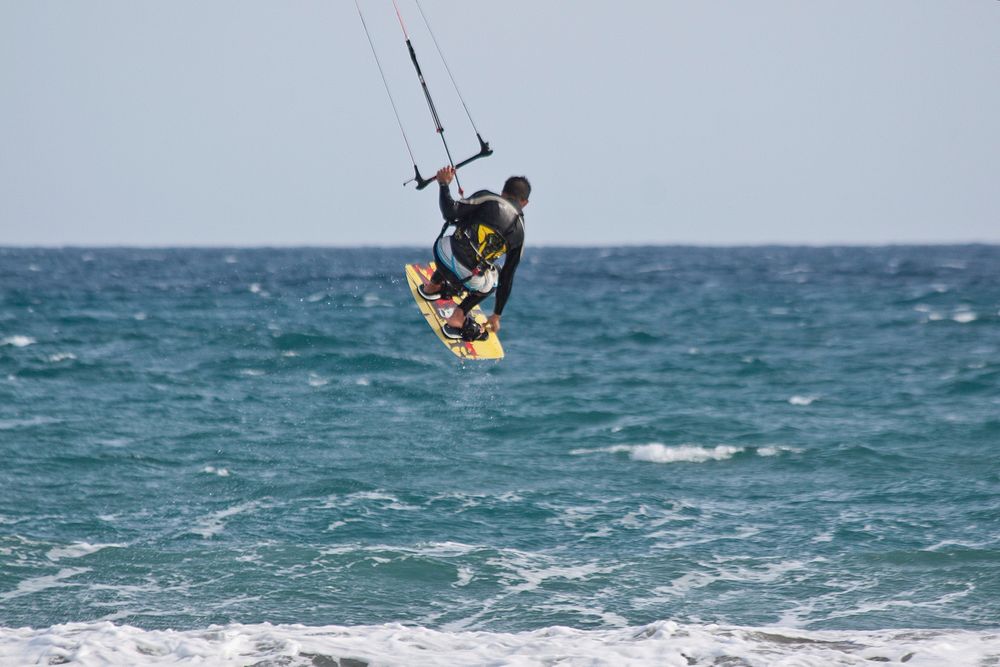
Wind is everything in kitesurfing. You’ll quickly become obsessed with forecasts, wind speed apps, and flags blowing on the beach. For beginners, the ideal wind is steady and between 3 to 15 knots. Less than that, and you may struggle to get moving; more than that, and the kite becomes harder to control.
Equally important is wind direction. Side-onshore winds are ideal because they blow at an angle toward the beach, offering a safe ride out and an easy return. Offshore winds, which push away from land, are dangerous and should be avoided, especially by beginners, since they can carry you out to sea. Onshore winds can also pose challenges by limiting your space and potentially dragging you toward shore obstacles.
You’ll also need to get familiar with gusts and consistency. Smooth, consistent wind creates the best learning environment. Gusty conditions, where wind speed changes rapidly, can make the kite jerk unexpectedly — which is not just frustrating but potentially hazardous. Over time, you’ll begin to feel the difference between a clean, steady breeze and a turbulent one.
As you progress, you’ll also start to grasp concepts like the wind window — an invisible arc where your kite flies — and how to position your kite in low- or high-power zones. Learning to read the wind isn’t just a beginner’s task; it’s an ongoing skill that becomes second nature and deeply enhances your riding experience.
What to Expect in Your First Lessons
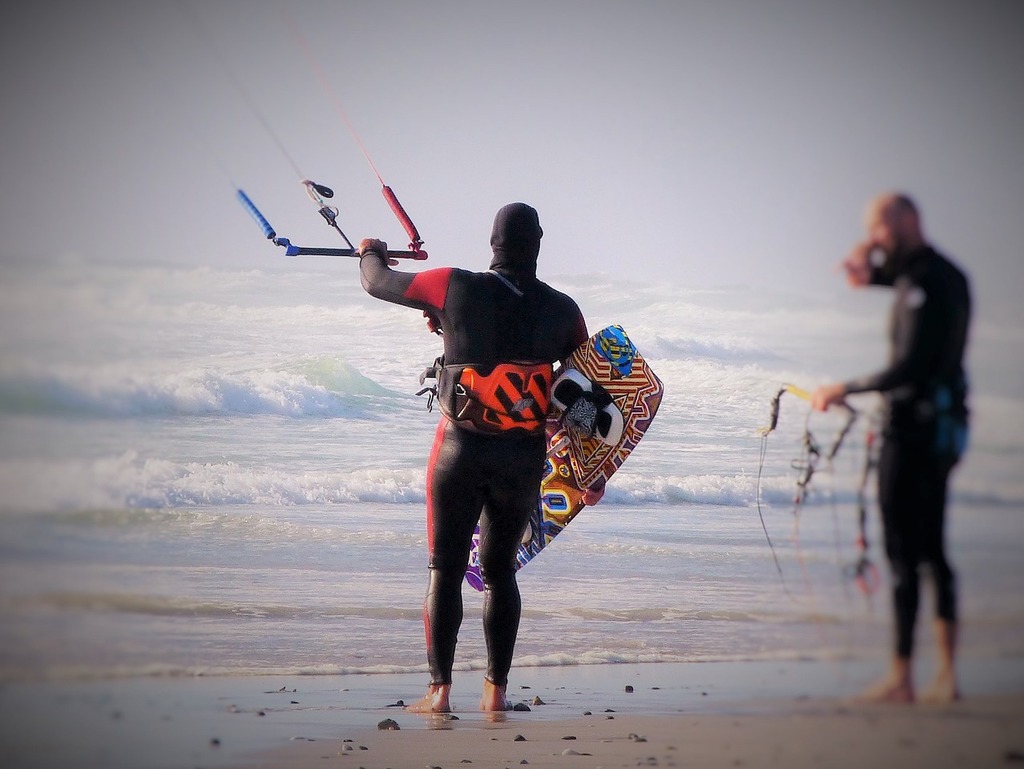
Your journey will start with ground school. On your first day, you’ll stay on land learning wind theory, safety systems, and how to fly a small trainer kite. Once you’re comfortable, you’ll move to the water to practice body dragging — letting the kite pull you through the water without a board. This teaches you control and balance. In your second or third session, you’ll begin practicing water starts — getting up on the board while steering the kite — and eventually learn to ride both directions. Everyone learns at their own pace, but most people need six to twelve hours of lessons before they can ride independently and safely.
Why You Shouldn’t Learn Alone
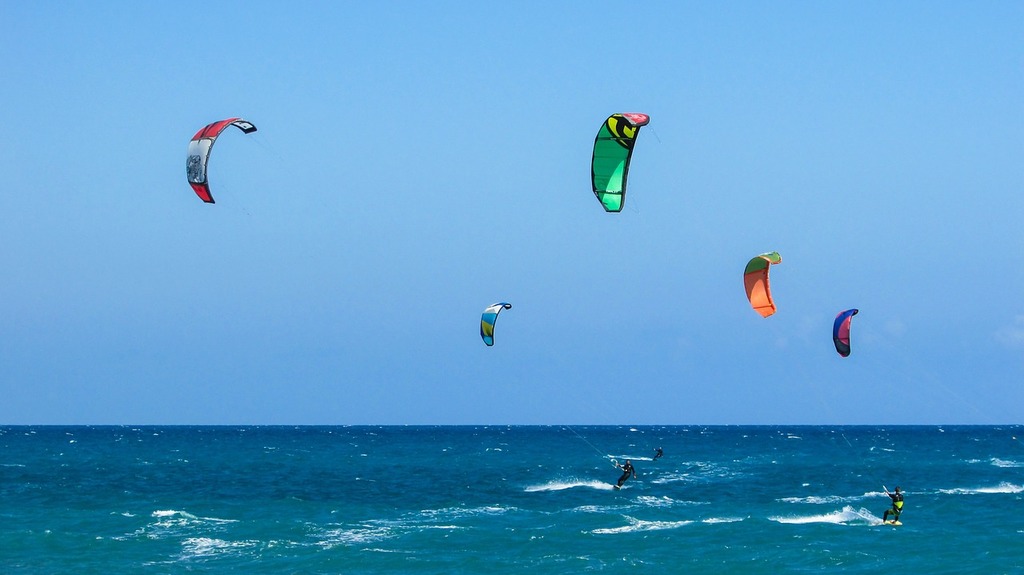
Although kitesurfing might look like something you could figure out with a YouTube video and a bit of trial and error, it’s absolutely not the kind of sport you want to teach yourself. The kite is a powerful piece of equipment that can lift you out of the water — or launch you onto land — if mishandled. Certified instructors, usually through organizations like the International Kiteboarding Organization (IKO), are trained to teach safely. They’ll help you learn not only how to ride, but how to launch, land, rescue yourself, and understand changing wind and weather conditions. That kind of instruction is priceless, especially early on.
Learning to kitesurf is part challenge, part thrill, and 100% worth it. As you progress, you’ll gain not only a new skill but a new way of seeing and interacting with the natural world. You’ll read the wind like a sailor, move with the water like a surfer, and push your limits with every session.
Best of all, kitesurfing connects you with a vibrant global community of riders who share your love for wind, water, and the occasional wipeout. If you’ve been on the fence about trying it, consider this your sign. Book a lesson, grab a kite, and take the leap. The wind is waiting — and your next favorite obsession might be just one gust away.

